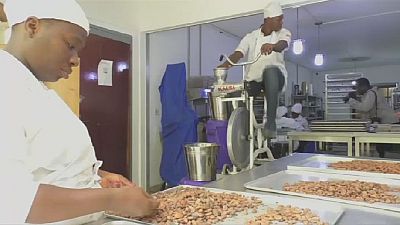During my most recent trip to Florida, I spotted a long-legged pink bird. It got away before I could fish my camera/phone out of my bag. Later, I told a park ranger, who said that it was very unlikely I'd seen a flamingo, as they almost never venture further north than the Everglades--if indeed they make it that far up from the Yucatan. Rather, this ranger explained, I most likely saw a Roseate Spoonbill, which is native to the Sunshine State.
I can't say I was disappointed, really: the Roseate Spoonbill is actually quite beautiful if strange. Still, seeing plastic pink flamingos in front of houses later that day seemed like some kind of bad joke.
Of course, if you ride through almost any area of single- or two-family homes, you're likely to see some of those pink flamingos. But I doubt that you've ever seen this:
I can't say I was disappointed, really: the Roseate Spoonbill is actually quite beautiful if strange. Still, seeing plastic pink flamingos in front of houses later that day seemed like some kind of bad joke.
Of course, if you ride through almost any area of single- or two-family homes, you're likely to see some of those pink flamingos. But I doubt that you've ever seen this:





































